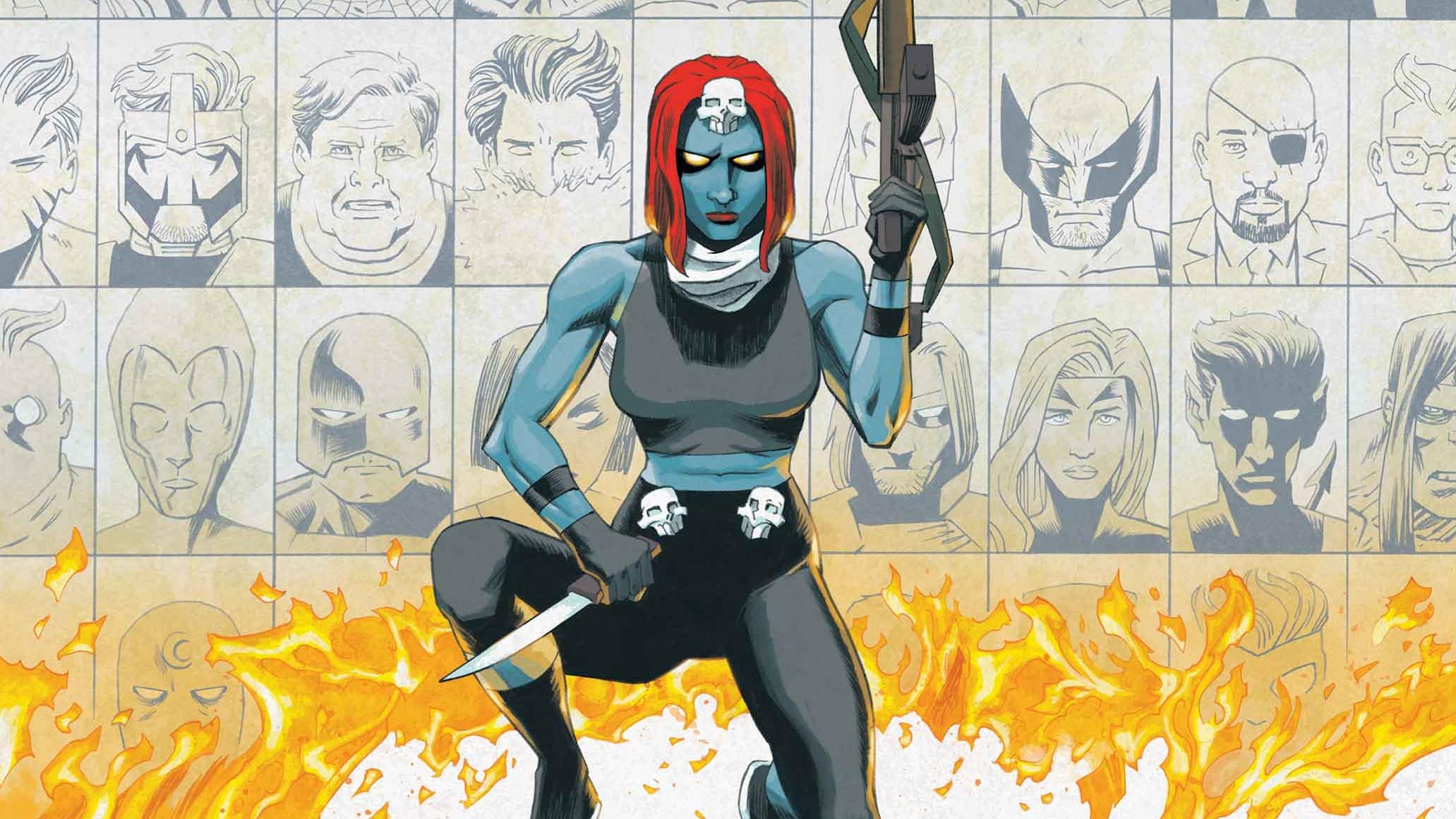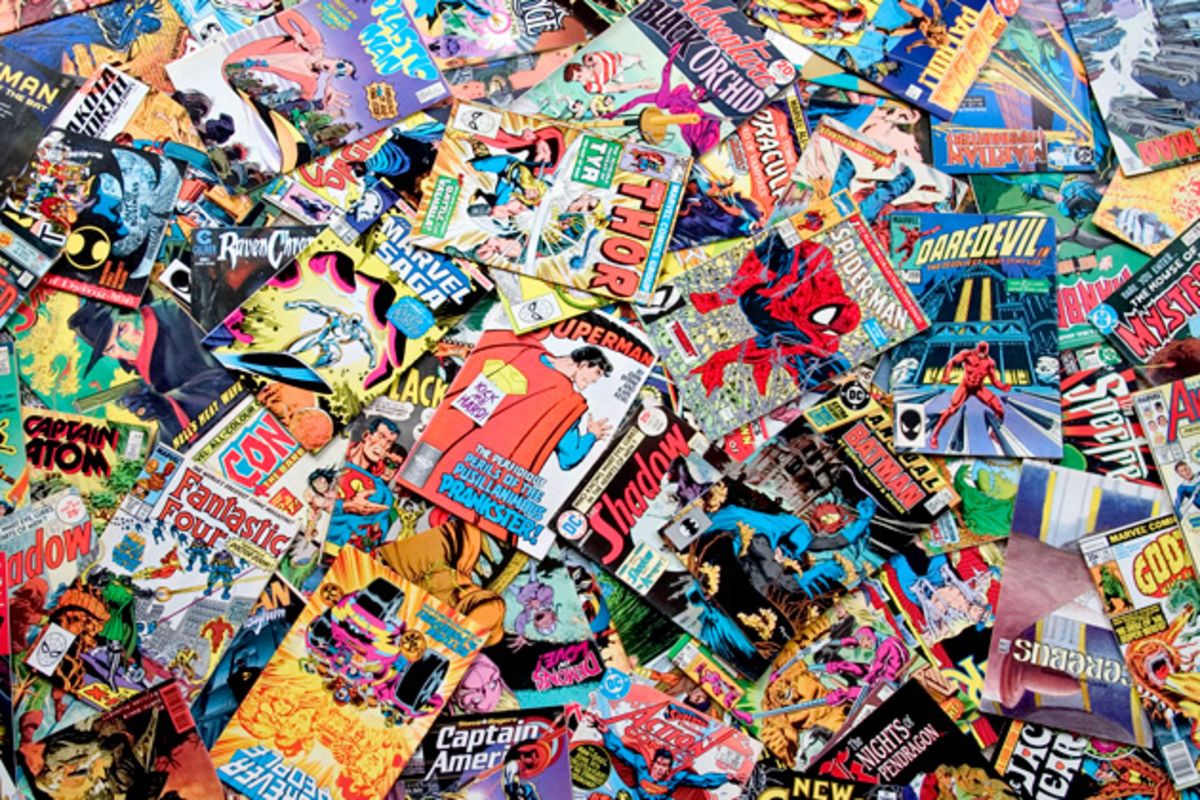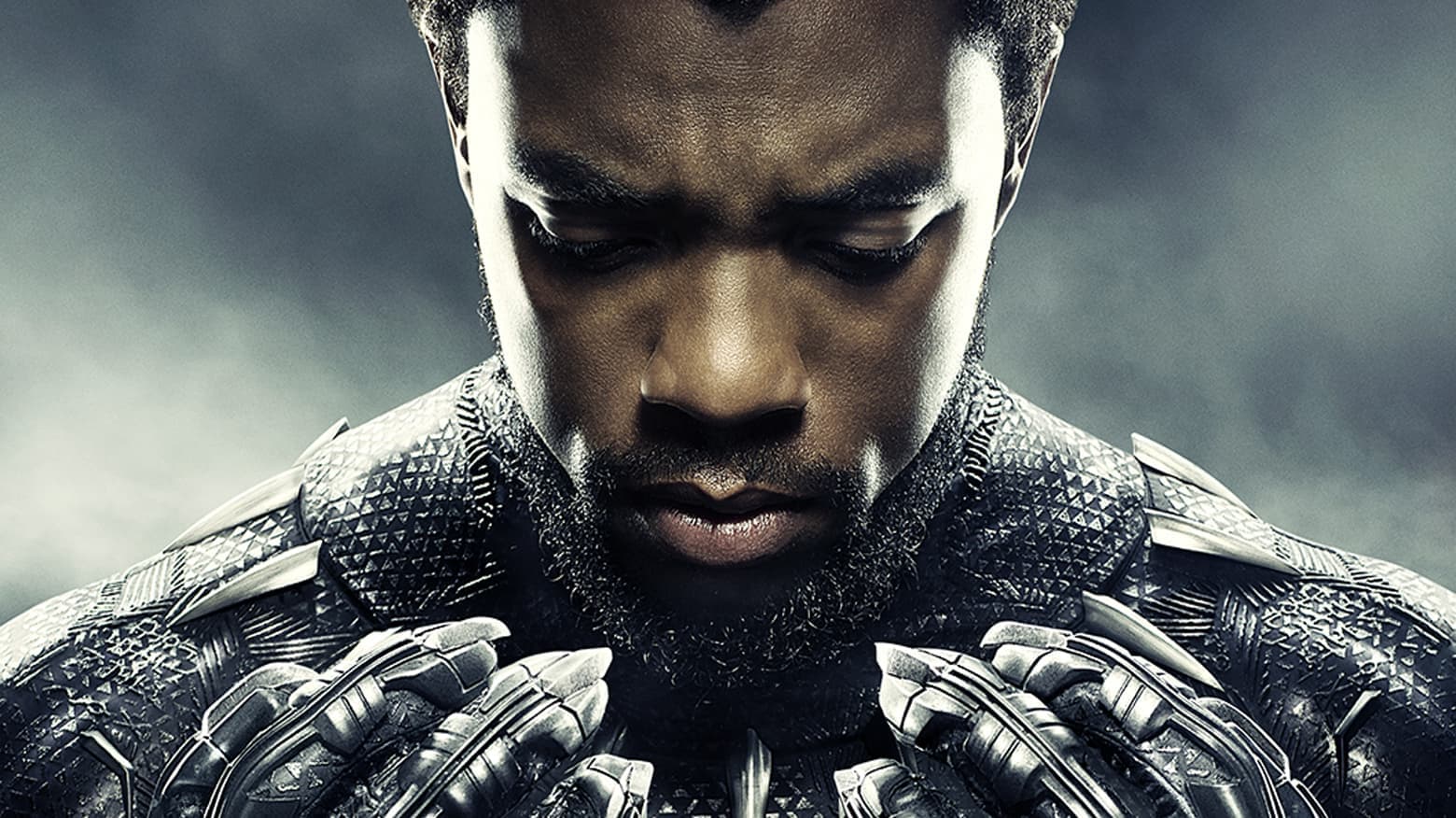So, we’re six new series and eight issues into the X-Men: From the Ashes era. How’s everyone feeling? Have you recovered from the months-long hangover from your last night at the Green Lagoon, or are you still missing the tiki-bar lifestyle? Have you found your new X-Men title yet, or are you struggling to find The Spark?
Having laid out my hopes, fears and expectations for the new era in the first preview piece, where I looked at the 10 new titles that had been announced at the time, I have something to measure my experience against. Now, this isn’t a review piece, it’s a preview piece, so I’ll cut to the chase: I’ve been a little underwhelmed.
That said, there have been some positives. For example, I enjoyed Uncanny X-Men a lot more than I was expecting (still thinking about that gorgeous Dave Marquez art). The title I was most intrigued by, NYX, mostly delivered. By and large, though, a lot of the concerns I had coming out of previews and solicits have been realized. For example, X-Men has barely come up for air in its two issues so far, and, while there have been some great action sequences, I remain unconvinced of the central premise and yearn for more focus on characterization. Others have missed the mark entirely. Without a unifying theme across the line, it’s beholden upon each creative team to inject their series with its own sense of purpose. Most of the series have either struggled to establish a clear identity that’s not simply rooted in nostalgia, or have held back on leaning fully into their pitch. Fundamentally though, the From the Ashes line isn’t attempting anything innovative. Mileage will vary among readers, but ultimately it’ll be the market that judges the efficacy of the approach.
With lofty expectations tempered, the least we can demand are great superhero stories. There may be some of those coming up. Let’s take a look at the four most recent announcements: Sentinels, Mystique, Laura Kinney: The Wolverine and Psylocke. What immediately jumps out to me is that 3/4 of the newly announced series and 6/14 of the overall line now comprise female character solo books. That’s very cool. And honestly? It’s about time! You know how the expression goes. You don’t need me to say it, do you?
I have to say, I’m pretty optimistic about these four titles. So if you were expecting me to be as much of a miserable sod as I usually am, you might be disappointed. That said, there may be some concerns raised, doubts sprinkled, etc. I’m at risk of undermining myself here. Let’s just get started.

Sentinels
Issue #1 out 10/9
Creative team: Alex Paknadel (writer), Justin Mason (artist)
What we know: For the many fans of Sawtooth, Lockstep, Drumfire and Voivod wondering where their faves would land in the new era — panic over. They’re here!
For those not familiar with the concept: it’s great. The series will follow a team of soldiers, each one a nameless victim of a previous Marvel event, lost amidst the melee of a historic superhero battle and consigned to the annals of the 616 universe forever. Larry Trask, the latest in a long line of Sentinel loving, mutant-loathing lowlifes (although himself a mutant), has picked up these four unfortunates from the scrapheap of history and given them technology-augmented superpowers. Their task: stop the species war plaguing Li’l Larry’s dreams by apprehending the evil mutants he foresees at the heart of the conflict, starting with Omega Red.
As far as the creative team goes, Marvel readers may be familiar with Mason’s recent work on Spider-Punk: Arms Race, while Paknadel is best known for Image Comics’ All Against All. Fellow Marvel Unlimited Infinity Comic sickos will also be familiar with Paknadel’s work there. Paknadel’s task is somewhat thankless on that series, which has primarily retconned or watered down some of the Krakoa era’s potentially more knotty lasting consequences, like Xavier’s assault on the frigate Agnew or the nature of Havok’s relationship with Madelyne Pryor. It’s a tough assignment, but it has been done well under the circumstances.
X-istential questions: This book stands out from the other titles in this wave of new series announcements in particular, but the rest of the line generally, in that it’s not focused on a headliner character. It’s not even focused on characters anyone would recognize, and in that sense it carries with it a boldness and sense of intrigue that the other series don’t. It’s a risk.
OK, it’s a five-issue miniseries, but still. And you know what? I’m excited. For Marvel to greenlight this in an era of risk aversion indicates to me that the pitch for this book had to be really strong. This book doesn’t have the guaranteed sales that a Psylocke or a Phoenix or a Storm series does from legions of loyal fans (although I look forward to forming the Locksteppers fandom in the near future), which means that everything rests on the draw of the concept and the quality of the storytelling.
Paknadel described the series in the Marvel press release as a “book about flawed human beings doing a dirty job for a dirty cause,” which suggests that Sentinels will live in the moral greyspace that most great superhero comics reside in. It feels fresh in a way that other From the Ashes series don’t, even if it’s revisiting old concepts.
Let’s be clear: This isn’t a reimagining of the human parameters of a Sentinel, or mutant hunting machines generally — Claremont did that in the ’80s with Nimrod. The position from a morality standpoint is where the greater opportunity lies. Jaime Rodriguez, the human originally fused with the Nimrod intelligence, ended up being something of a dropped plot thread, so a moral examination was never quite worked through. Similarly with Erasmus Mendel in the Krakoa era, whose mind was fused with the Nimrod by Alia Gregor, and who died at the hands of Mystique before the implications of this transfusion were explored. Finally, Karima Shapandar was forced to become Omega Sentinel against her will, but her “morality switch” was very much in the off position until Kwannon forced her to deal with the focused totality of her actions all in one go in Fall of the House of X.
The implications of a human mind having to deal with the functional prerogatives of a mutant-destroying machine is in and of itself an interesting concept. While the sentient robot is a common science-fiction trope outside of X-Men comics, the prospect of it working in tandem with Sentinels and all they represent about societal ills is a hook for me.
The other key question, which is common across most From the Ashes series, is whether these characters will have any lasting legacy in Marvel lore. First of all, it obviously needs to be good, but let’s assume it is. The question then becomes whether it’s a fondly remembered cult series that fades out of relevance, like Geoff Johns and Shawn Martinbrough’s Morlocks, or whether its relevance sustains. The “X-Men canon” is a crowded field, but I think Sentinels stands a chance.

Mystique
Issue #1 out 10/16
Creative team: Declan Shalvey (writer and artist)
What we know: Mystique’s Krakoan journey saw her, in a very roundabout and traumatic way, get everything she wanted. Wife alive and very much still in love? Check. A relationship with both of the children she’s not ashamed of? Check. The trust and admiration of her fellow mutants? OK, not quite, but almost. To be fair, she did “be gay, do crimes” it off into the sunset with Destiny, having assembled her nearest and dearest simply to witness the final flourish of her long con.
This and many other moments of genius villainy demonstrate exactly why she is one of Marvel’s most lovable rogues. And will always be so. Yes, you may have complaints about how this reverts her character to being an archetype of devious metamorph villain. Join the queue. You may be waiting a while, because everyone has complaints to file about multiple characters and the Marvel customer satisfaction paperwork is extremely arduous. This is just the From the Ashes era in a nutshell, and at a certain point you just have to meet it where it lives. The press release for this series even directly references the ’00s Mystique spy series, so at least it’s being upfront about it.
And why not? It’s a solid premise. Mystique causing havoc across the world, leading SHIELD and Nick Fury like the pied piper of crime presumably into increasingly confounding and ridiculous cases of mistaken identity and general shenanigans. What’s not to like?
X-istential questions: This series comprises two essential elements. There are the creator and the character; Declan and Raven; Shalvey and Darkhôlme, and the success of this series rests on how well the former captures the latter. For those familiar with Shalvey’s creative layouts and use of silhouette, shadow and every technique you can think of to make a page and its lead character look slicker than the Dangerous Nights crew slopping up a steak at Truffoni’s, you’ll know that we’re likely to be in good hands from a visual standpoint. Seeing Shalvey’s Mystique slink undetected through various beautifully drawn locations is sure to be a delight, there’s no doubt about that whatsoever. The writing just has to match. Simple, right?
Not quite. Given the rampant popularity of Mystique as one half of a dynamic matrimonial duo, Destiny’s absence from early announcements throws up a more fundamental question about the nature of From the Ashes’ reductive treatment of recent history. It seems that, barring passing acknowledgement of its existence, most series are determined to build forward from ’90s status quos rather than adhering to the fundamental rule of sequential storytelling: You strip out what didn’t work and nurture and grow what did. If your reversion is the erasure or reduced visibility of one of the most iconic queer relationships in Marvel history, then you’re doing a disservice to the great work of those that came before you. It would be a huge shame if Destiny were to fade back into obscurity, both as an individual and as the center of Mystique’s world. If this does happen, Raven will very quickly not be alone in wanting her wife back.

Psylocke
Issue #1 out 11/13
Creative team: Alyssa Wong (writer), Vincenzo Carratù (artist)
What we know: Psylocke’s back in the big time. Having been disentangled from Betsy Braddock, Kwannon’s tale of self-discovery was one of the highlights of the Krakoa era. Her story was one of love, loss and everything in between, and re-established her agency while unravelling one of the franchise’s most tangled knots. Restoring Betsy’s mind to her original body left Kwannon something of a blank template, a body with a tragic if a little stereotypical backstory written 30 years ago. Writers embraced this darkness throughout her time on Krakoa, through Fallen Angels and Hellions, portraying her as a hero fighting against the violence and trauma of her upbringing. It’s true (technically) to say that Kwannon has never been more popular.
According to previews, this series is going to be dark and will contend with the melancholy within Kwannon. She may be deadly and decisive in a fight, but she’s also introspective, which makes her ideal for a solo series. She wrestles with her self-doubt and trauma daily, and as a relatively new character there’s so much for Wong to explore. Very few plot details have been revealed, other than it focusing on “some jobs too dirty for the X-Men.” As long as it really leans into the moral grubbiness and general violence in the way that Uncanny X-Force did for example, then I’m all in. There can be no half-measures with this one.
In terms of what we’re likely to get art-wise, the key is nailing the contrast between the graceful dynamism of Kwannon’s fighting style and her quiet, sometimes solemn moments of reflection. If Carratú’s art from Dracula: Blood Hunt is anything to go by, we’re in for visuals of epic cityscapes and brutal fight scenes in dimly lit alleyways, which captures both sides of the character brilliantly.
X-istential questions: Wong has become something of a solo character specialist, and is great at establishing a network around their central character. If they can provide Kwannon fleshed out supporting characters and formidable adversaries that orbit around her darkness, there’s room for Psylocke to sustain her own mini-story universe.
Kwannon’s relationship with John Greycrow was one of the highlights of the Krakoa era. A story of love, self-discovery and redemption, their relationship felt very of Krakoa, and I’m interested to see how it translates to a different context. We have a “twisted” new villain called the Taxonomist, a name that evokes the kind of bodily manipulation that will attract the ire of our title character. What fears and trauma Kwannon is forced to face through this dynamic will likely be a crucial aspect of the series.

Laura Kinney: The Wolverine
Issue #1 out 12/11
Creative team: Erica Schultz (writer), Giada Belviso (artist)
What we know: After writing Laura in the flashback miniseries X-23: Deadly Regenesis, Schultz will be writing Laura, in the present, with the Wolverine code name. Each of these factors makes this title instantly more appealing and will give Schultz the opportunity to stretch her legs a little bit. Deadly Regenesis evidenced that she has a good handle on Laura, but the framing of the series restricted meaningful character growth. This is an opportunity for her to create a longstanding legacy for the character.
The press release doesn’t give much away. The highlights are that a) Laura will be combating anti-mutant forces “abroad,” b) it will be violent and c) she will “forge her own path.” The announcement also stresses that this will be a solo adventure. This should provide ample opportunity for Schultz and Belviso to depict Laura’s journey of self-discovery either through monologue or through characters who by their very nature pose her existential questions. This will, of course, be mixed in with brutal action scenes and dour one-liners as all Wolverine stories must.
X-istential questions: The fundamental question facing this series is what a Laura Kinney solo series looks like if not a classic Wolverine story. Yes, they are distinct characters at this point. Their pathologies are different in ways that are interesting and are longstanding. The question is more about the framing of the story and the temptation to revisit the familiar beats of Laura’s origin, which is the source of trauma and motivation. It’s impossible to determine from early dispatches what Laura’s “own path” looks like, but it’s vital that this series finds it.
The story appears to be going international, which is a great opportunity not just to keep the story fresh but to harness the truly global nature of mutantkind. Without needing to go really in depth, the series can examine what mutant identity means in different countries: How does it interact with the culture and collective consciousness of each nation? And whose ass does Laura have to kick to put it right?
Jake Murray spends far too much time wondering if the New Mutants are OK. When he's not doing that, he can be found talking and writing about comics with anyone who will listen. Follow him @stealthisplanet.bsky.social.






